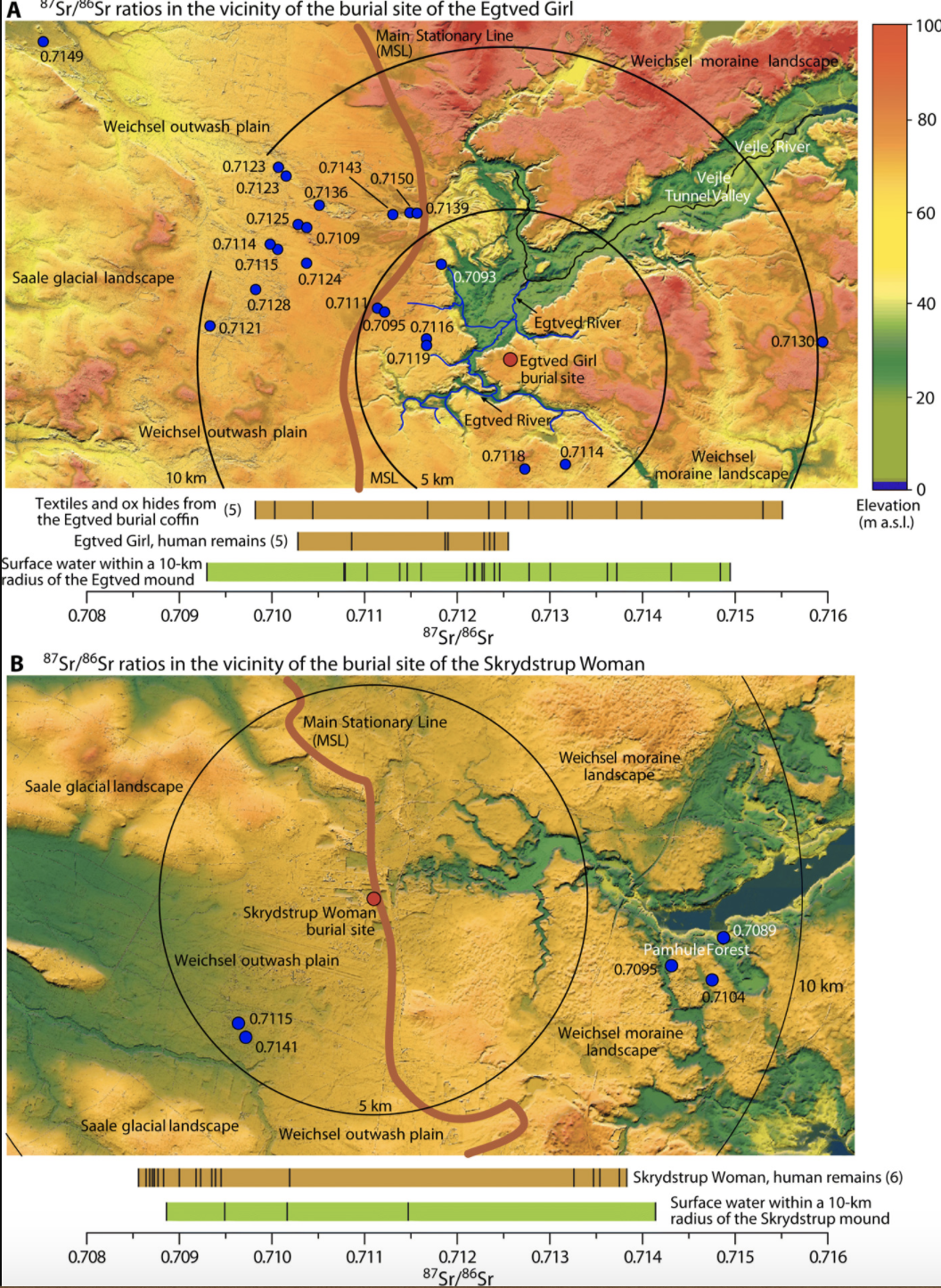New article from AGIR's Rasmus Andreasen

New work by Erik Thomsen and AGIR's Rasmus Andreasen on the distribution of strontium isotopes in Central and Western Jutland show that the Egtved girl and the Skrydstrup woman, two of the most important human finds from the Northern European Bronze Age, were most likely born and raised close to the burial mounds in which they were laid to rest. Previous strontium analyses showed that these women could not originate from Denmark, but the new study argues that agricultural liming of the soil that can alter the local strontium signatures was not taken into account previously.
You can read the full article here.
You can also hear/read more media coverage in the links below:
DR (interview with Erik Thomsen og Rasmus Andreasen, on DR 13th March 2019)
